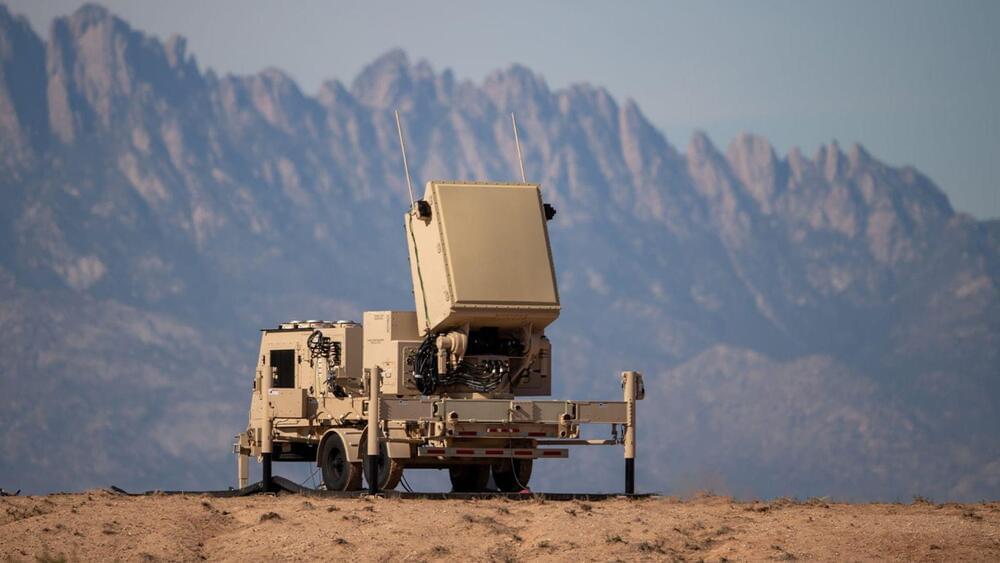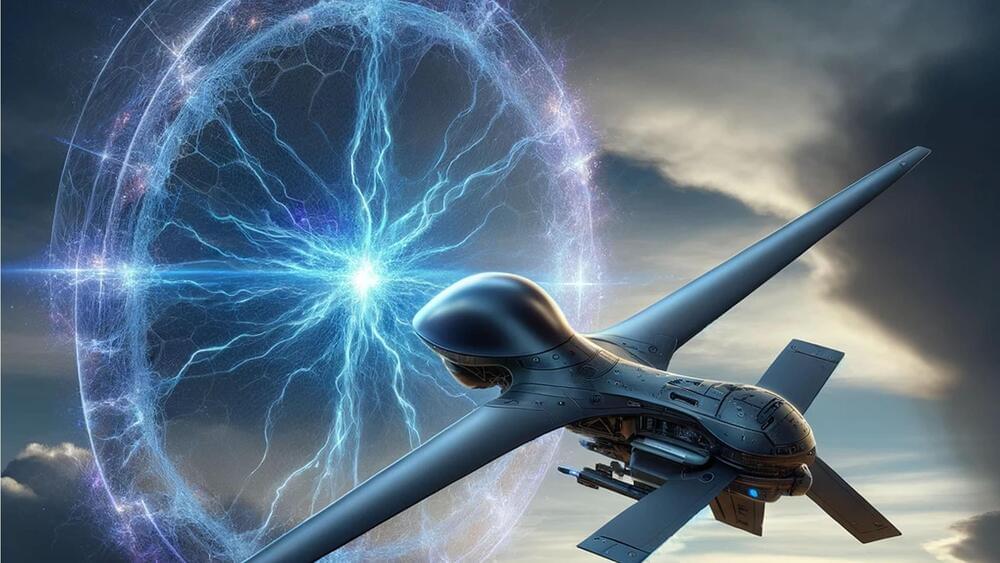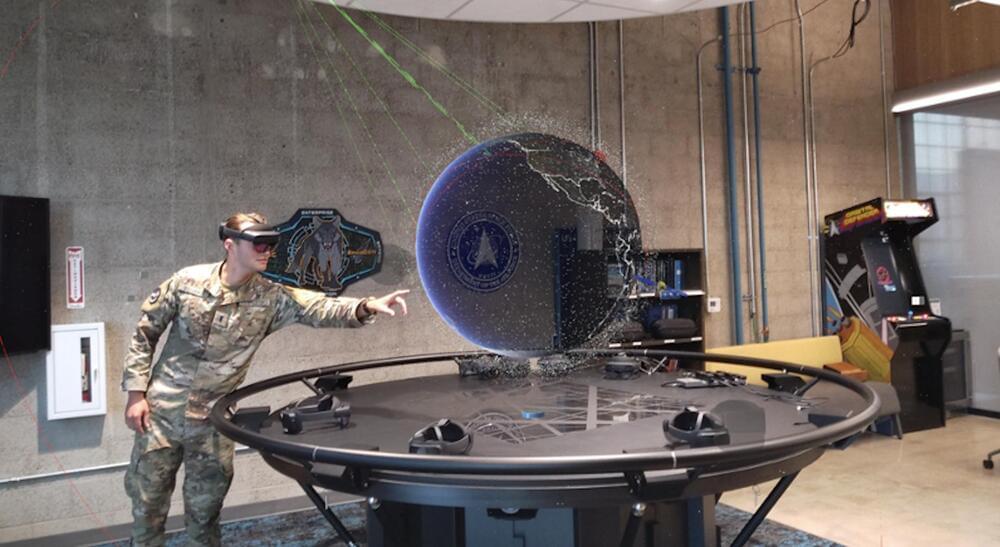Jan 16, 2024
North Korea Claims Successful Hydrogen Bomb Test
Posted by Quinn Sena in categories: existential risks, military, nuclear weapons
Year 2017
North Korea claims it has again tested a hydrogen bomb underground and that it “successfully” loaded it onto the tip of an intercontinental ballistic missile, a claim that if true, crosses a “red line” drawn by South Korea’s president last month.
In a state media announcement, North Korea confirmed the afternoon tremors in its northeast were indeed caused by the test of a nuclear device, and that leader Kim Jong Un personally signed off on the test.
Continue reading “North Korea Claims Successful Hydrogen Bomb Test” »


















